Fight for hypersound
Acceleration on "Spirals"
At the beginning of the 60 of the last century, Soviet military and engineers learned that in the United States are working on the design of a reusable aerospace aircraft capable of performing shock and reconnaissance tasks. The answer to the X-20 program was to be “Spiral”. Work on the topic in 1965 was commissioned by the OKB-155 (Mikoyan firm), and G.Ye. Lozino-Lozinsky. According to the “Spiral” project, the orbital plane was to be launched into space using a hypersonic accelerating plane and a rocket booster. In the context of the consideration of the problem of hypersonic aircraft, the most interesting is not the orbital plane, but the accelerator. In some sources it is referred to as the “50-50” product. This tailless aircraft with a length of 38 meters and with a wingspan of 16,5 m in the project had a triangular wing with an influx. The sweep of the latter was 80 ° along the leading edge, while the main part of the wing was 60 °. At the ends of the wing two keels were placed: due to the fact that an orbital plane with an accelerating unit was to be installed on the upper surface of the fuselage “50-50” in a special lodgment, it was impossible to use one “classic” keel. On the approach to hypersound, the ventral crest located in the tail section of the aircraft was to be produced. To facilitate the production of landing on the spreader, for the first time in domestic practice, a lowered nose section was used (T-4 and Tu-144 will be a little later).
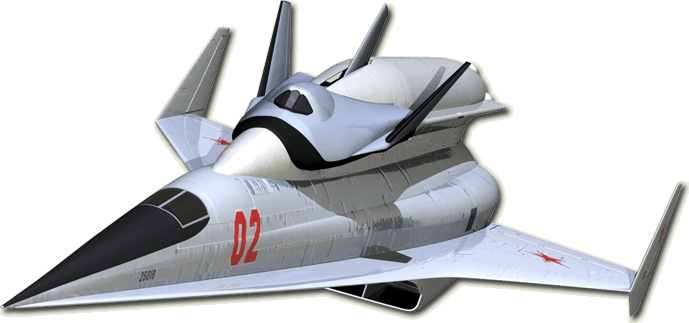
In addition to the exterior of the aircraft, as if emerging from a science fiction story or film, it was proposed to use fundamentally new engines on the 50-50 project. OKB-165 A.M. The cradles ordered a turbojet engine, designed for use as a fuel for liquid hydrogen. Four of these engines were to be placed in the rear of the car in vertical packages of two. Hydrogen was chosen as a fuel by chance - it not only burns with sufficient energy, but is also capable of cooling turbine blades to some extent. As a result, a conventional scheme TRD could produce more power without the risk of structural failure. In this case, it would be possible to abandon the combination of turbojet and direct-flow engines. During the creation of the engine for the "50-50" sounded even dramatic proposals for its design. For example, it was proposed to completely remove the turbine from the gas path and rotate it with heated hydrogen. To evaporate and reach the desired temperature, it should have been in a heat exchanger before the engine compressor. I must say, in 60-x to create a heat exchanger with effective thermodynamic performance and tolerable aerodynamics failed. And in 70's too. Until now, no one in the world has such a structure. As a temporary measure in the field of motors, OKB-300 received a task to develop a kerosene turbojet engine of the appropriate power. Work on the alternative power plant with varying success went until the closing of the program "Spiral".
Another important element of the power plant - hypersonic air intake. To ensure the normal flow rate at the entrance to the engine compressors, it was necessary to work out not only the input device, but also the bottom surface of the fuselage. At a distance of about 10 meters from the start of the air intake, it has a flat surface with an angle of attack of 4 °. In 3,25 meters from the input device, the angle increases dramatically to 10 °, and in 1,3 meters, the third panel starts, located under 20 degrees to the stream. Due to this form of "belly" of the aircraft, the flow rate at the approach to the engine was acceptable. The thermal stability of the structure was ensured by the use of appropriate materials, since by that time Soviet aircraft manufacturers and materials specialists had sufficient experience in this field.
"50-50" with kerosene engines, according to calculations, should have a cruising speed of about M = 4 and a range of 6-7 thousand kilometers. Hydrogen engines increased these figures to M = 5 and 12000 km, respectively. The propeller of the Spiral system was the first hypersonic aircraft with jet engines, which was tested at TsAGI. Some sources mention the development of the passenger version of the “50-50”, but in addition to the main acceleration work, only reconnaissance was provided for this aircraft. The construction of an acceleration aircraft was originally planned to begin in 1971, followed by the start of flight tests in the 72-73. However, instead of laying the spreader, the project "Spiral" was closed. Together with him, "killed" two variants of jet engines. At the same time, the developments on the orbital aircraft of the complex were useful in creating the Energia-Buran system.
Laboratory "Chill"
To the subject of hypersonic flights and all related equipment returned to 1979 year. The primary task was the study of liquid hydrogen and liquefied natural gas as a fuel. Also required to create jet engines for this fuel. Moreover, it was necessary not only to conduct fundamental research and design work, but also to find effective infrastructure options related to the operation of cryogenic engines. For this reason, many different enterprises were attracted to the project, and the Moscow Central Institute of Aviation Motors was appointed the head enterprise for engines. P.I. Baranova (CIAM).
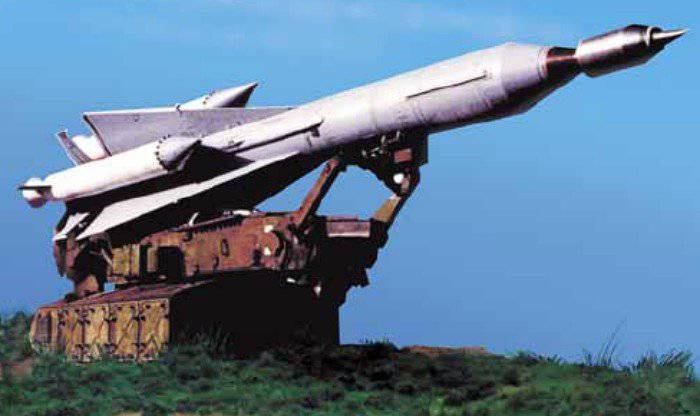
In tests of hypersonic ramjet engines (scramjet), there is one fundamental problem: it is impossible to recreate all the conditions in which such engines operate in ground-based test rigs. In the United States, this issue was going to be solved by installing experimental direct-flow engines on the X-15 rocket-plane, but a copy of the plane on which it was planned to conduct tests crashed shortly before the first flight with the GPRVD. Domestic engineers, in turn, did not begin to subtilize with a reusable carrier of experienced engines and chose as such the existing anti-aircraft missiles. Together with Khimki CB "Fakel", CIAM created a hypersonic flying laboratory (GLL) "Kholod". Its basis was the anti-aircraft missile 5B28 complex C-200В. Firstly, this rocket had suitable flight parameters, and secondly, it was planned to be removed from service in the near future, which would have a beneficial effect on the cost of the entire program. The warhead was removed from the original 5B28 rocket, and in its place was installed a unit with the tested equipment. It consisted of a control system, fuel tank, fuel system, as well as the e-57 engine. The estimated speed at which this scramjet could work was from 3,5M to 6,5M. Engine working height - 15-35 km. Despite the large degree of unification of the “Cold” design with the C-200В SAM systems, CIAM needed to re-create a tanker machine designed for working with liquid hydrogen.
Unfortunately, most of the work on the subject of “Chill” came at a time when science had already received much less attention than it should. Therefore, for the first time, the “Cold” GLL flew only 28 on November 1991 of the year. In this and the next flights, it should be noted, instead of the head unit with fuel equipment and the engine, its weight and size layout was installed. The fact is that during the first two flights, the missile control system and access to the calculated trajectory were worked out. Since the third flight, the Cold has been tested in complete set, but it took two more attempts to tune the fuel system of the experimental unit. Finally, the last three test flights took place with the supply of liquid hydrogen into the combustion chamber. As a result, only seven launches were carried out before the 1999, but we managed to bring the time of the scramjet E-57 operation to 77 seconds - in fact, the maximum flight time of the 5ВХNUMX rocket. The maximum speed reached by the flying laboratory was 28 m / s (~ 1855М). Post-flight work on the equipment showed that the combustion chamber of the engine after the drainage of the fuel tank maintained its performance. Obviously, such indicators were achieved thanks to the constant improvements of the systems based on the results of each previous flight.
Tests of GLL "Kholod" were carried out at the Sary-Shagan test site in Kazakhstan. Because of the problems with the financing of the project in 90-ies, that is, during the period when there were tests and refinements of the "Cold", in exchange for scientific data had to attract foreign scientific organizations, Kazakh and French. As a result of seven test launches, all the necessary information was collected to continue practical work on the hydrogen scramjet, mathematical models of ramjet engines at hypersonic speeds, etc. were corrected. At the moment, the program "Cold" is closed, but its results are not lost and are used in new projects.
Flashing the sound barrier
The direct successor of the work started in the “Chill” program is the “Igla” flying laboratory (Research Hypersonic Aircraft). The first mentions of this project appeared in 1997 year, and the layout was first presented to the public at the MAKS-99 showroom. Once again, several design bureaus are involved in the work on the project, but the coordination of the program and the main work is still carried out by CIAM. The “Needle” task was used to determine the speed within M = 6-14 and at altitudes from 25 to 50 kilometers. In addition, the new flying lab was supposed to have a significantly longer independent flight time than the “Chill” - 7-12 minutes. The Rokot launch vehicle, created on the basis of the intercontinental SD-100H, should have brought the right height and accelerated the “Needle” to the engine's turning on speed.
However, there is every reason to believe that the first flight of the IgL GLL in the middle of the 2000-s did not take place, although it was planned. Or "The Needle" flew, but the work is classified. In any case, the layout of the flying laboratory is regularly demonstrated at various aviation and motor orientation exhibitions, and they don’t talk about the program’s progress. The situation is similar with a number of other similar projects - there are layouts, no data. It is not known why CIAM has not yet launched the “Needle” or is hiding the fact of launch. It remains only to speculate about the complexity of mastering new technologies or the secrecy that suddenly hit the project.
***
If scientists of the world succeed in bringing hypersonic aircraft to mind, then this technique will have two main uses: suborbital cargo or passenger flights and military use. So, for example, several years ago in the press there was information about the tests of the Russian supersonic cruise missile for strategic bombers, in a number of sources called X-90.
As stated, its cruising speed reaches M = 4-5, which reduces the flight time to the target to a minimum. 26 May 2010 in the United States held the first flight of a prototype of a hypersonic X-51A rocket. For 3,5 minutes of a ramjet engine, she managed to exceed the speed of sound five times. If all goes well, X-51 will go to troops only in the 2017-18 year.
In addition, in both countries, obviously, work is underway on hypersonic warheads for missiles. However, for obvious reasons, almost nothing is known about these projects. True, Americans who love to advertise their creations for some time do not conceal their work in the field of the “fast global strike” doctrine. Since 2010, there have been several launches of experimental devices AHW (Advanced Hypersonic Weapon - promising hypersonic weapon) and Falcon HTV-2. It is alleged that the second apparatus accelerated to 20M during the first flight. How true this is is unknown, although there is reason to doubt the record. The fact is that the Americans themselves do not hide the fact that there were big problems with telemetry in this flight, and the prototype simply could not transmit accurate data to the ground. In addition, it is alleged that shortly after separation from the HTV-2 launch vehicle, the barrels began to twist. When the rotation speed exceeded the allowable, the trajectory of the experimental drone changed and sent it to the ocean. The second flight of the Falcon HTV-2 in April last year was a little more successful: the first 25 minutes of the flight were normal, and then communication with the device was lost. Now the Pentagon is deciding whether there will be a third flight. There is even less information about the AHW project. It is only known that the device under the designation HGB in November 2011 accelerated to a speed of 5M or 8M in half an hour of flight.
Most likely, Russia also has similar projects of combat systems. However, for obvious reasons, their details are unlikely to be announced in the near future. Still, so much new development requires appropriate secrecy. Or maybe there is no information due to the lack of programs. But I would hope that we have something to answer on AHW and Falcon Project.
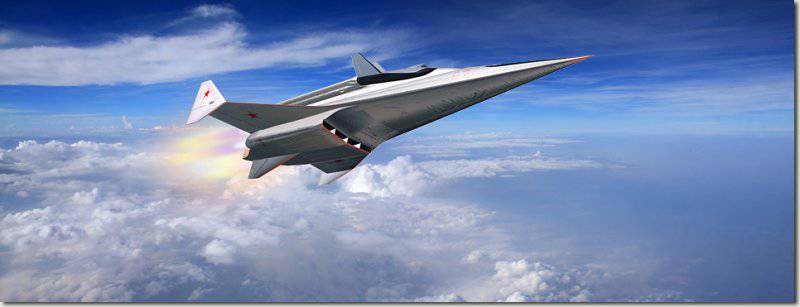

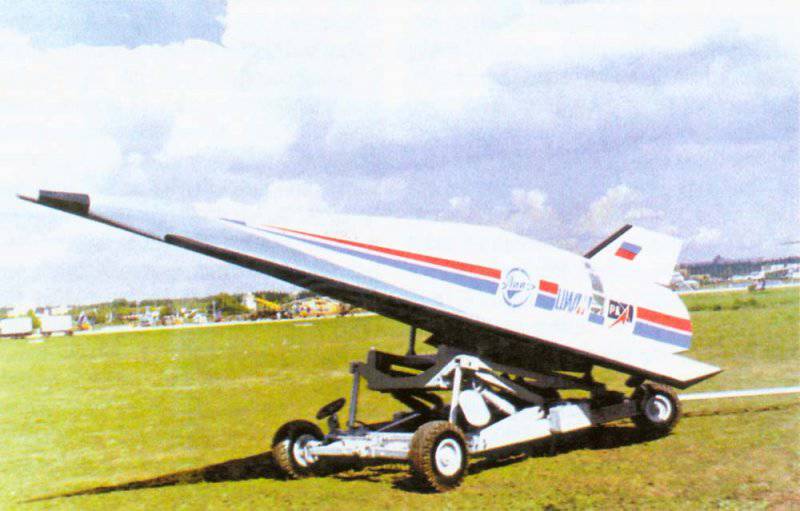
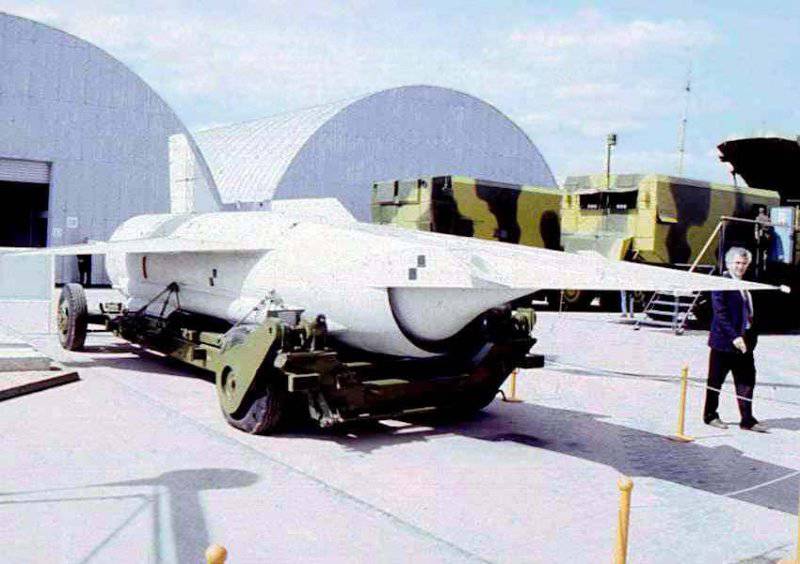
Information